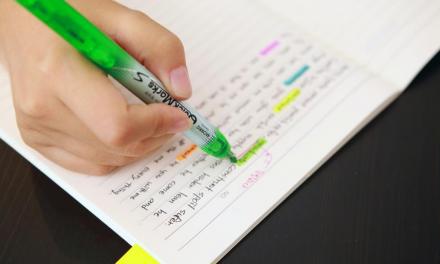Those who perform poorly at school overall are the most likely to have poor reading and writing skills. Socio-economics play a large role in the profile of a pupil with low literacy along with gender.
It has been evidenced that boys are twice as likely as girls to have low literacy skills at the point of leaving school and this barrier can really hold those affected back when looking at career and lifestyle choices.
The role of literacy
Without literacy, the remainder of the curriculum has no value. If the pupil cannot read, they can’t understand questions being asked – even if they have the knowledge to do so. The flip side is that if the question can be read but the writing skills are the issue, they can’t communicate in the way required to gain the marks in written exams.
Encouraging children to read is vital and this has to continue as they progress through the levels of education. Many leave primary school as enthusiastic readers but as they move forward, this interest drops off very quickly in some instances and so intervention in early secondary years is essential.
Strategies are required to raise literacy levels to the point that pupils are regarded as having the attainment levels to undertake a GCSE paper. It’s currently set at a reading age of 12, but many thousands across the UK fall well below this standard.
The use of phonics
Synthetic systematic phonics are an excellent way to work with those with the lowest literacy abilities. Phonics decode words so this is a good way to explore which pupils cannot decode words and those who can but then lack the comprehension needed.
The role of the family
Socio-economics play a major role in low literacy pupils. There can be multi-generational issues which are linked with low aspiration and a fear of the educational system from parents and also grandparents. These can lead to pupils themselves then facing challenges as their home life doesn’t lend itself to a supportive environment. It’s certainly not about poor parenting though but more about the household. Questions to explore to find some of the issues and to offer support are whether there are books to read in the home, do the parents read, is there somewhere quiet to carry out homework or what are the family views on education as a whole? Answers to these questions can help with formulating a strategy and putting a support network in place.
Whole-school literacy
Every class should integrate literacy and numeracy in some way. However, these are specialist subjects in their own right and some teachers who don’t teach these areas may not have studied areas such as grammar since their own time at school. It’s perhaps unfair then to instantly expect every teacher to be able to naturally include an element of literacy in every class, but can be included in training days and as part of professional development.
Low literacy is a huge barrier to life as an adult and different strategies should be explored to raise the levels at as young an age as possible. Differentiation is the key though as every pupil will require a different approach when putting together a support package and this should involve all those who are key to achieving success; class teachers, parents and partnership education support networks. Raising attainment in literacy is possible – once the central barrier has been discovered.









